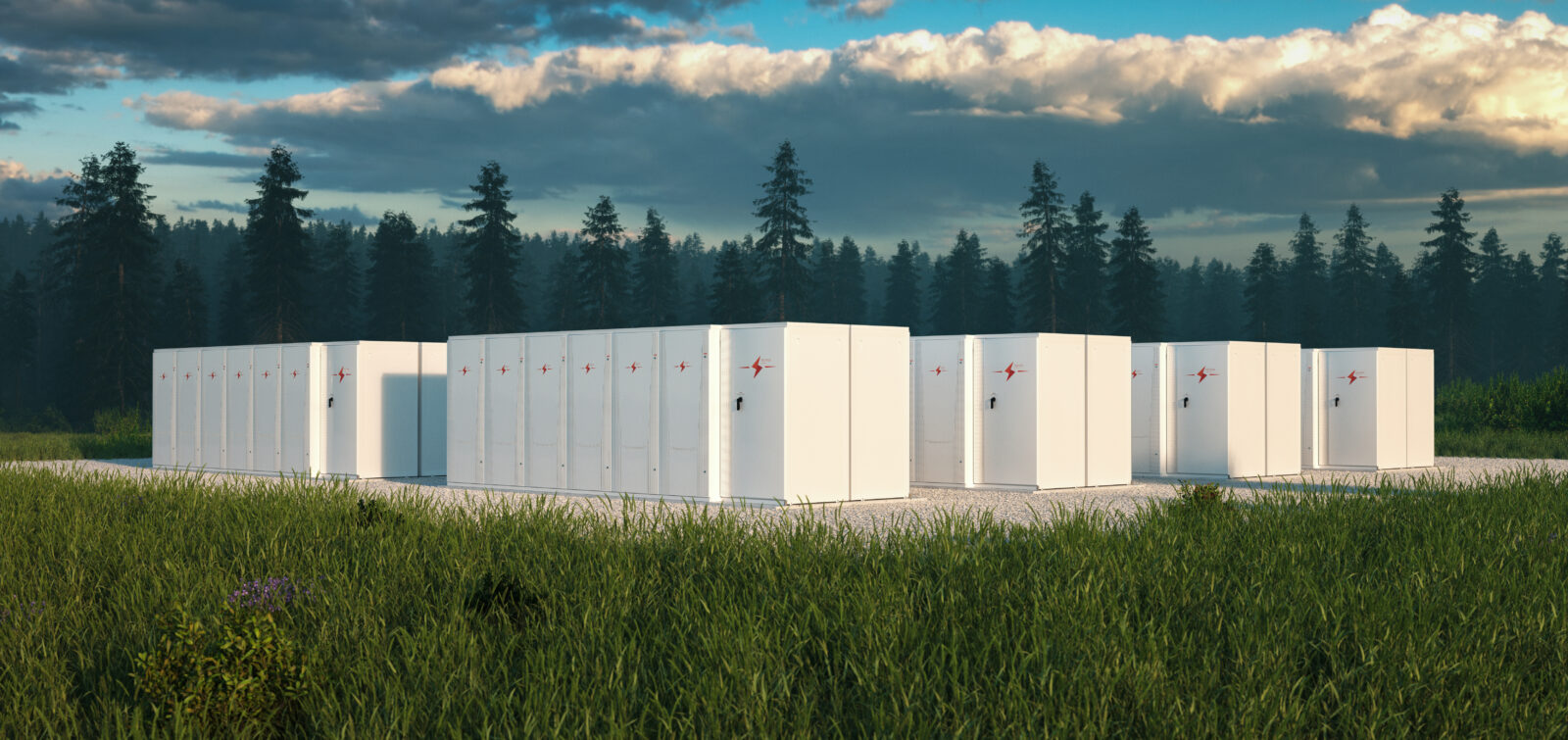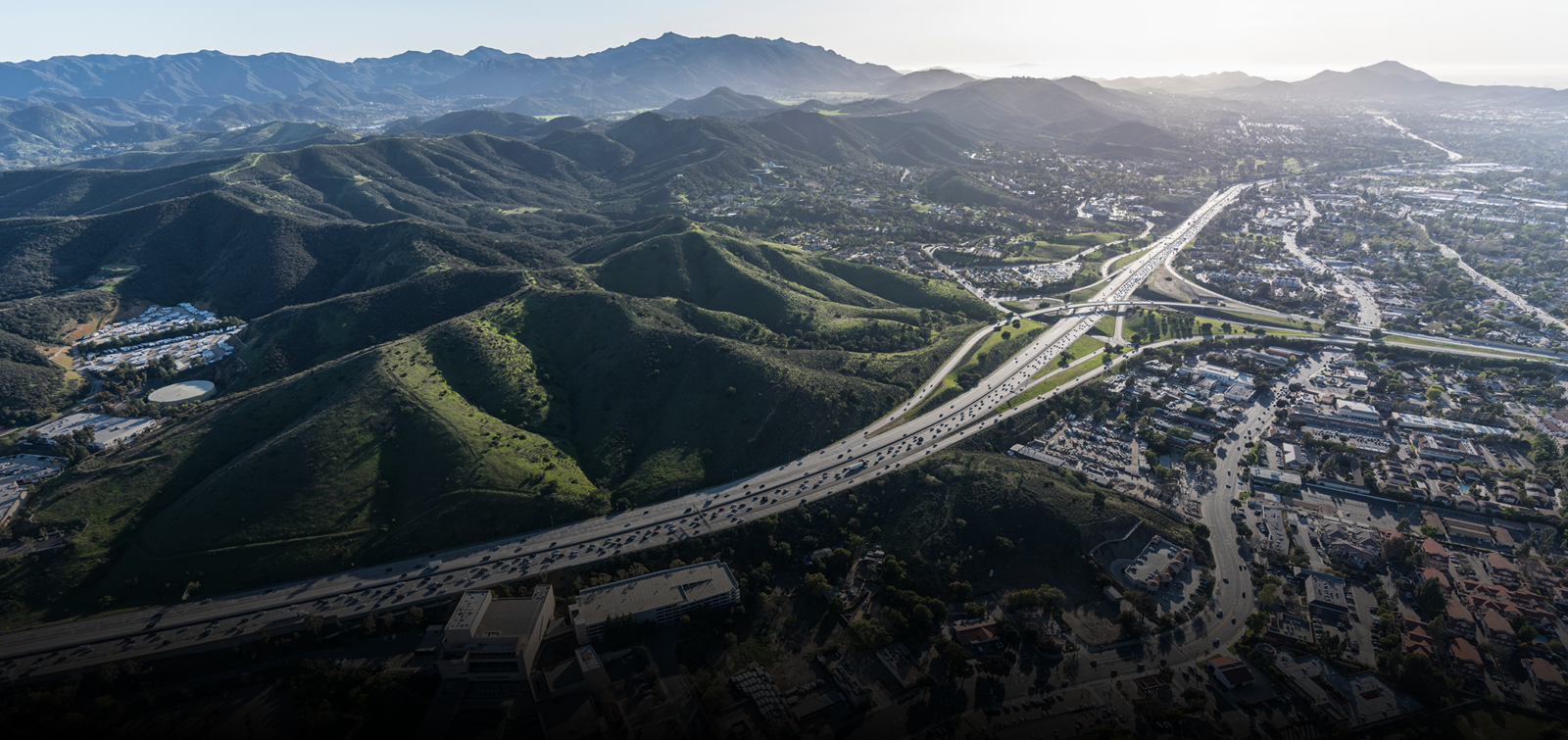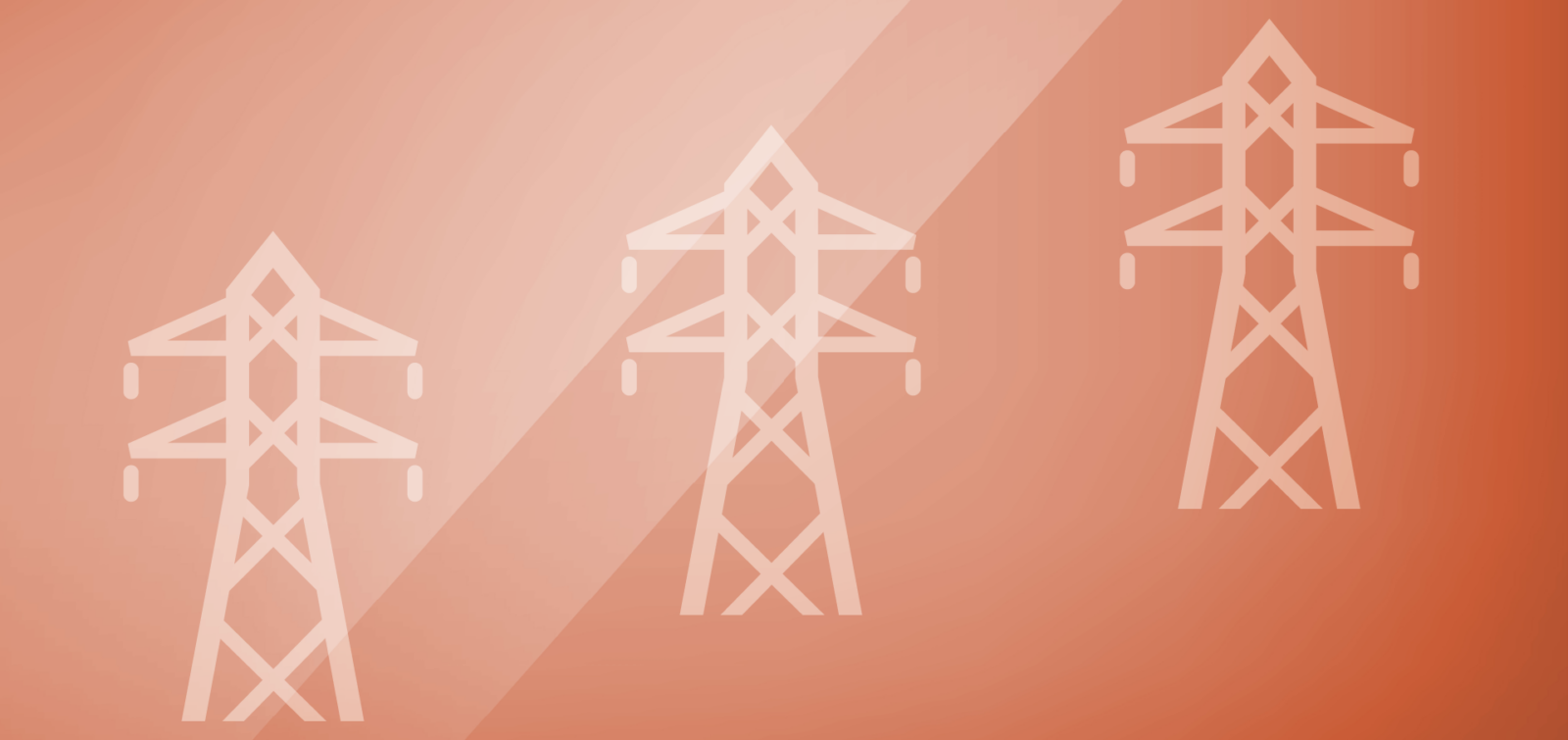From mobility projects to environmental enhancement efforts to wildlife and fish passage improvements, ESA’s team of environmental planners, biologists, archaeologists, and air quality and noise analysts have been working in the Surface Transportation and Ports market for decades. Looking toward 2024, we are watching the following three trends that are having an impact on the market.
1. No other market sees as much investment—either directly or indirectly—from the combined $700 billion investment from Infrastructure Investment and Jobs Act (IIJA) and Inflation Reduction Act (IRA) funding as transportation.
This funding has already hit the streets, so to speak, and will continue to flow to state and local agencies in the coming years to support a wide variety of projects. Many of these projects are focused on restoration efforts and enabling mobility improvements for underserved communities. We look forward to working with our clients to bring these improvements to our local communities where we live and work.
2. Local and state jurisdictions are increasing their focus and efforts on infrastructure resilience for sea-level rise, fire, flood, and natural disaster preparedness, particularly in coastal areas.
ESA continues to meaningfully participate in projects that address infrastructure hardening and resilience, with experienced environmental hydrology engineers and designers working on projects like the California State Route 37 Ultimate Sea Level Rise Resilience Project and the Jungle Trail Living Shoreline project in Indian River County, Florida. We work with transportation planners for road, rail, and port infrastructure to bring climate change adaptation and resilience consultation services.
3. Port infrastructure projects will get a huge push in 2024, with the federal government adding $662 million ($450 million through IIJA and the remainder through the FY 2023 Appropriations Act) to the Port Infrastructure Development Program.
In addition to ongoing emphasis on port decarbonization, we anticipate an increase of improvements related to offshore wind (OSW) energy, fueled by federal clean OSW energy goals. Significant port infrastructure and capacity improvements and modernizations are needed to accommodate the demands for OSW transport, assembly, installation, and operations and management. We are working with clients to help bring offshore wind onshore as this renewable power generation source comes to the Pacific.
Want to explore any of these topics in more detail? Find our team here: https://esassoc.com/market/surface-transportation-and-ports/







